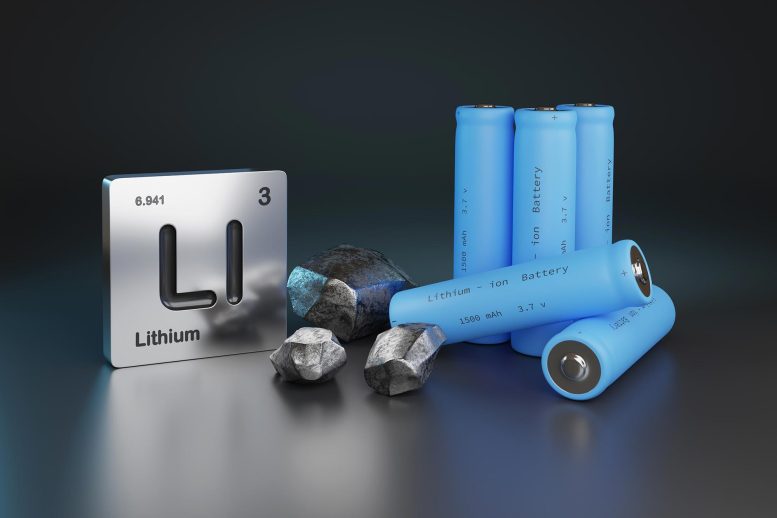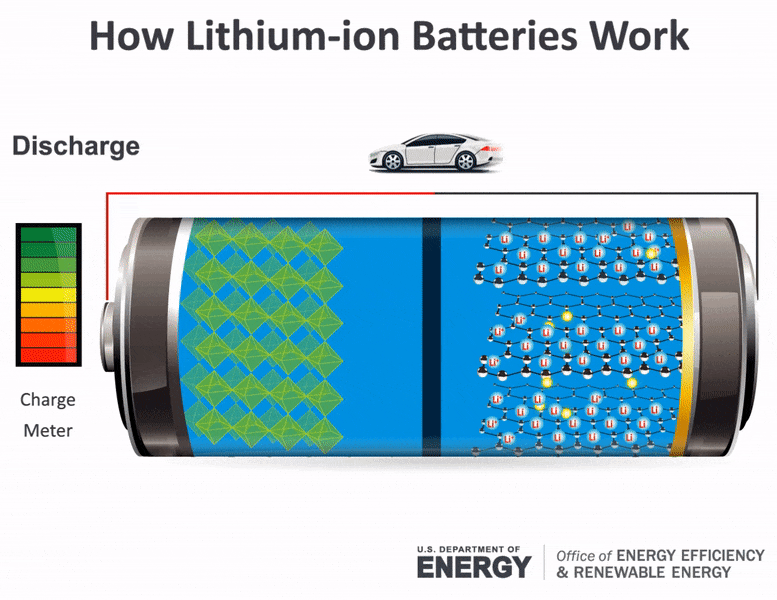
Lithium-ion batteries are pivotal in powering modern devices, utilizing lithium ions moving across electrodes to store energy efficiently. They are preferred for their long-lasting charge and minimal maintenance, though they must be managed carefully due to potential safety and environmental challenges.
Lithium-ion batteries power the lives of millions of people each day. From laptops and cell phones to hybrids and electric cars, this technology is growing in popularity due to its light weight, high energy density, and ability to recharge.
So how does it work?
This animation walks you through the process.

The Basics
A battery is made up of an anode, cathode, separator, electrolyte, and two current collectors (positive and negative). The anode and cathode store the lithium. The electrolyte carries positively charged lithium ions from the anode to the cathode and vice versa through the separator. The movement of the lithium ions creates free electrons in the anode which creates a charge at the positive current collector. The electrical current then flows from the current collector through a device being powered (cell phone, computer, etc.) to the negative current collector. The separator blocks the flow of electrons inside the battery.
Charge/Discharge
While the battery is discharging and providing an electric current, the anode releases lithium ions to the cathode, generating a flow of electrons from one side to the other. When plugging in the device, the opposite happens: Lithium ions are released by the cathode and received by the anode.
Energy Density vs. Power Density
The two most common concepts associated with batteries are energy density and power density. Energy density is measured in watt-hours per kilogram (Wh/kg) and is the amount of energy the battery can store with respect to its mass. Power density is measured in watts per kilogram (W/kg) and is the amount of power that can be generated by the battery with respect to its mass. To draw a clearer picture, think of draining a pool. Energy density is similar to the size of the pool, while power density is comparable to draining the pool as quickly as possible.
The Department of Energy’s Vehicle Technologies Office (VTO) works on increasing the energy density of batteries, while reducing the cost, and maintaining an acceptable power density. For more information on VTO’s battery-related projects, please visit the Vehicle Technologies Office website.
Source: SciTechDaily